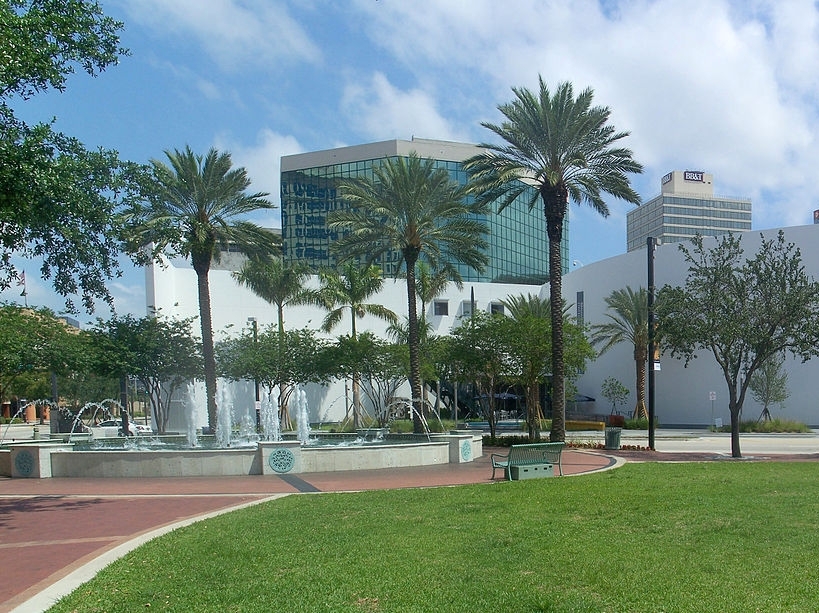Oct 23 2016 - Apr 23 2017
NSU Art Museum of Ft. Lauderdale
Fort Lauderdale, FL
NSU Art Museum Fort Lauderdale will present Francesco Clemente: Dormiveglia from October 23, 2016 through August 23, 2017. This exhibition includes a series of nine, majestic large-scale paintings by Francesco Clemente (born 1952 in Naples, Italy, lives and works in New York and India). Painted in New York in 1998, the Dormiveglia series takes its title from the Italian expression connoting the state between sleep and awakening and captures the state in which reality intrudes into the realm of dreams.
Each canvas is painted in a washed pastel palette and depicts a statuesque, classically draped goddess-like figure that hovers between land and sea, antiquity and modernity, the sublime and the grotesque. The paintings’ proportions are reminiscent of tarot cards, a favorite diversion of the artist. Like tarot card figures, each sylphic form has specific attributes that shift fluidly between human, animal and inanimate forms and merge with the elements. As in dreams, these phantoms seem intent on communicating knowledge and human emotion through symbols and their pantomime of cryptic gestures. A selection of related Clemente watercolors and works on paper is also on view to augment the Dormiveglia series.
For more than 40 years, Clemente has explored a world in flux, inspired by his own nomadic experiences including his upbringing in Italy and years living and working in India and New York. His body of work is fragmented across place, time, and states of consciousness. Francesco Clemente: Dormiveglia follows NSU Art Museum’s presentation of Bellissima: Italy and High Fashion 1945 – 1968 (February – June 2016), which explored the flourishing of Italian art, design, fashion and cinema after World War II. Clemente came of age in Italy during this new renaissance that was fueled by the economic engine of the Marshall plan and came to an end with the student protests and social unrest that marked the late 1960s.
Although abstract painting defined the international style of postwar art, Clemente was drawn to the rich visual culture that surrounded him, and he began intuitively combining figurative elements with abstract forms and symbols in his work. Consequently, he is often grouped with other artists of his time who used figurative elements, such as Italians Sandro Chia, Mimmo Paladino, and Enzo Cucchi; Germans Anselm Kiefer, Georg Baselitz, and Marcus Lüpertz; and Americans Julian Schnabel, David Salle, and Eric Fischl. Clemente, however, felt a greater affinity with the previous generation of Arte Povera artists in Italy and responded to their adaptation of classical forms and myths in their work and fascination with the transformative power of alchemy. His sojourns in India since 1972 led to his considering the world from a non-Western perspective, inspiring his approach to the body as an erotically charged, fluid, borderless form that fuses human, animal and plant forms with their surroundings.
Credit: Exhibition overview from museum website
Exhibition Venues & Dates
Oct 23 2016 - Apr 23 2017
NSU Art Museum of Ft. Lauderdale
Fort Lauderdale, FL
